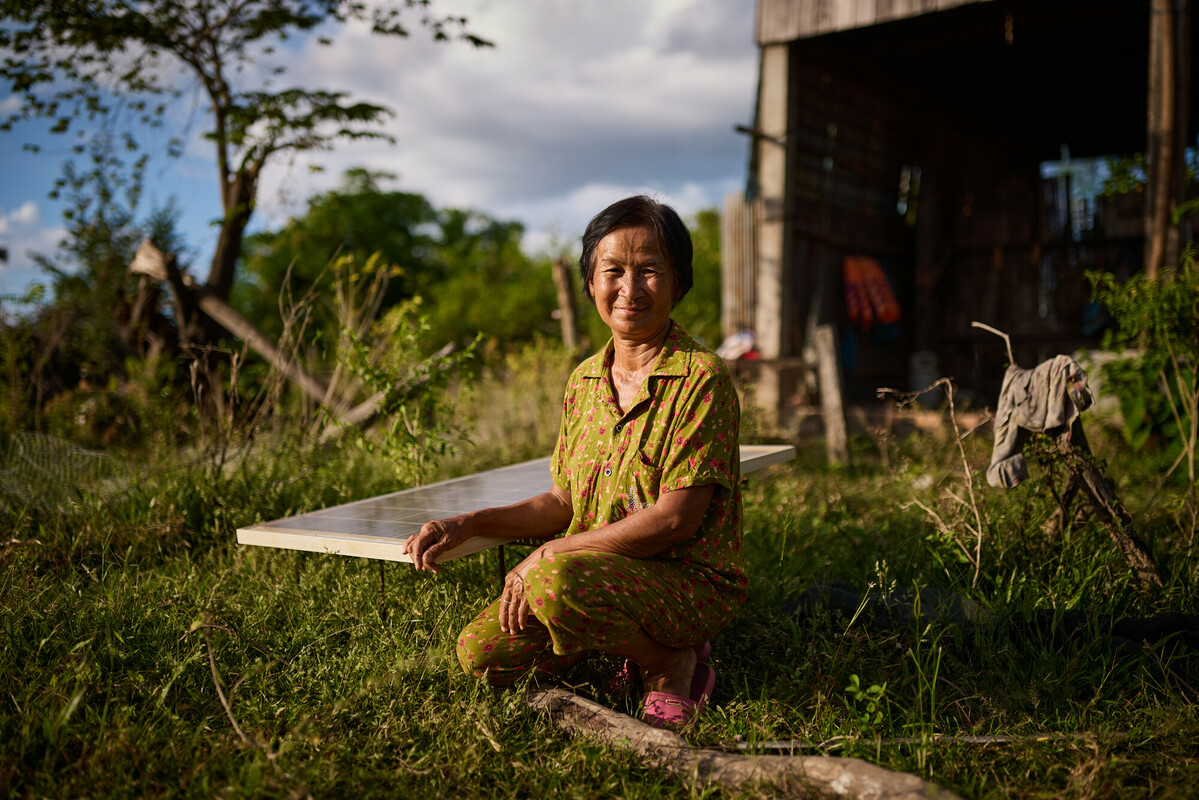Article written by Rod Goodbun and PJ Jacobs
In August we saw the release of the report from the International Panel on Climate Change (IPCC), Climate Change 2021: the Physical Science Basis.[1] The report provides the latest information on past warming and future warming projections, showing how and why the climate has changed to date, and including an improved understanding of how humans have influenced the climate, including by driving extreme events like droughts, floods and fires. It represents the world’s highest-level of scientific consensus on global warming.
Our colleagues at Oxfam International are calling the report “…the most compelling wake-up call yet for global industry to switch from oil, gas and coal to renewables,” and they are urging governments to drive this transition through policy and laws. Ahead of the Glasgow COP26 in November, when the world will come together again to consider what global action to take, it’s critically urgent that our Australian Government is heeding the warnings from the latest science.
Climate change harms vulnerable communities across the globe
The IPCC report tells us that climate change is happening now, and that global warming is already one of the most harmful drivers of worsening hunger and starvation, migration, poverty and inequality all over the world. In recent years, already with 1°C of global heating, there have been deadly cyclones in Asia and Central America, huge locust swarms across Africa.
In the last six years cyclones Pam, Winston and Harold have devastated communities in the Solomon Islands, Vanuatu, Fiji and Tonga leading to coastline erosion, raising water table salinity, and reducing crop yields and supplies of freshwater with some communities being forced to relocate. In Australia, we’re already seeing the same impacts of rising sea levels in the Torres Strait along with unprecedented bushfires in other parts of the country ― all turbo-charged by climate change.
Over the past 10 years, more people around the world have been forced from their homes by extreme weather-related disasters than for any other single reason ― 20 million a year, or one person every two seconds. The number of climate-related disasters has tripled in 30 years. Since 2000, the UN estimates that 1.23 million people have died and 4.2 billion have been affected by droughts, floods and wildfires.
We must act now to limit warming to 1.5°C
While there is no ‘safe’ level of warming, 1.5°C has long been considered a limit to avoid the worst impacts. Multiple lines of evidence indicate that we will soon exceed 1.5°C of warming above pre-industrial levels, expected in the early to mid-2030s, unless we take strong action now.[2] A new report by Greenpeace on the state of climate in the Pacific concludes that if all current pledges to reduce global greenhouse gas emissions by the world’s nations are achieved, the world is still projected to heat by a median estimate of 2.4°C by 2100, with a possible range of 1.9 to 3.0°C.[3]
The main perpetrators of global warming – that is, rich countries and corporations that have reaped massive wealth by burning fossil fuels – must be the ones to cut their emissions first, fastest and furthest. That’s why Oxfam Australia has updated its call on the Australian Government to set new targets to reduce carbon emissions ahead of COP26. The work of the Climate Targets Panel tells us that Australia needs to reduce its emissions by 75% below 2005 levels by 2030, reach net zero by 2035 and develop a concrete plan to rapidly phase-out coal and gas from Australia’s energy supply to stay within the goal of 1.5°C.
A report by ClimateWorks from 2020 found that Australia can reach these targets and it concluded that the technology progress in the past five years has closed the technical gap to such an extent that achieving zero emissions sooner is possible in all sectors of the economy.[4] By limiting global warming to 1.5˚C we could significantly reduce the number of people both exposed to climate risk and susceptible to poverty.[5]
No one is safe from climate change
The climate crisis affects us all, but it doesn’t affect us equally. The richest 1% of people in the world, about 63 million people, are responsible for more than twice as much carbon pollution as the 3.1 billion people who make up the poorest half of humanity. The people with money and power will be able to buy some protection against the effects of global warming for longer than those without those privileges and resources ― but not forever. No one is safe.
Rich countries, including Australia, have a responsibility to pay their fair share to developing countries by scaling up climate finance to help them adapt to the effects of the climate crisis and transition to clean energy. The Australian Government must increase climate finance and resume contributions to the Green Climate Fund – a major global fund to help the poorest countries grapple with the climate crisis. The world has as much to gain in terms of human safety, development, opportunity and jobs by running a global economy on renewables, as it has to lose in continuing dirty business-as-usual.
The IPCC report must spur governments to act together and build a fairer and greener global economy to ensure the world stays within 1.5°C of warming. They must cement this at the COP26 in Glasgow.
[1] IPCC, Climate Change 2021: the Physical Science Basis, 2021, Sixth Assessment Report (ipcc.ch)
[2] Climate Targets Panel, Australia’s Paris Agreement Pathways: Updating the Climate Change Authority’s 2014 Emissions Reduction Target, 2021, https://www.climatecollege.unimelb.edu.au/files/site1/docs/%5Bmi7%3Ami7uid%5D/ClimateTargetsPanelReport.pdf
[3] Greenpeace, Te Mana O Te Moana, The State of Climate in the Pacific 2021, 2021, https://act.greenpeace.org.au/pacific-climate-report
[4] ClimateWorks Australia, Decarbonisation Futures: Solutions, actions and benchmarks for a net zero emissions Australia – ClimateWorks (climateworksaustralia.org), 2020.
[5] Intergovernmental Panel on Climate Change (IPCC), Special Report on the impacts of global warming of 1.5°C above pre-industrial levels, 2018, https://www.ipcc.ch/sr15/chapter/spm/



